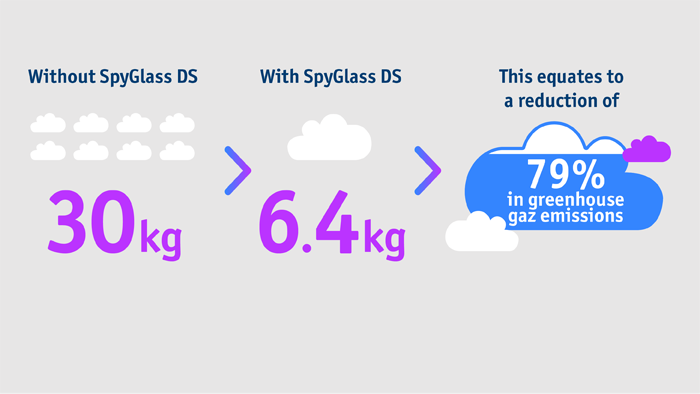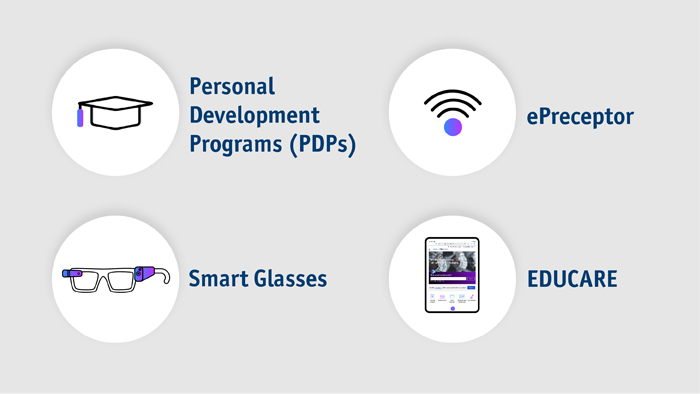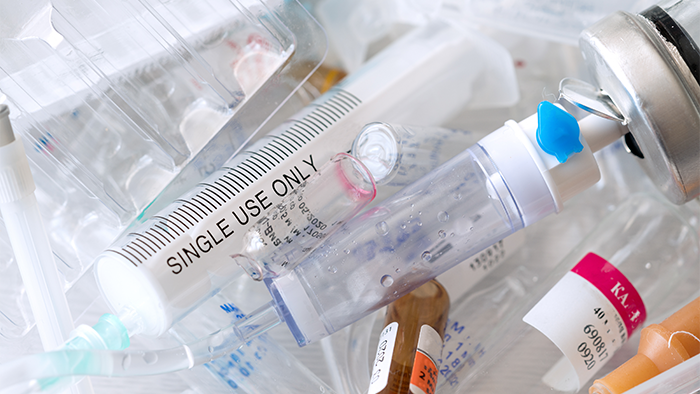Environmental protection initiatives in GI Endoscopy

At Boston Scientific, we recognize the importance of placing sustainability at the forefront of endoscopy, an area often characterized by resource-intensive practices and results in substantial waste production.
In alignment with the ESGE and ESGENA position statement1, our commitment is to transform GI Endoscopy into a net-zero greenhouse gas emissions practice by 2050. This commitment has been approved under the Science Based Targets Initiative (SBTi) net-zero standard.
Environmental impacts in GI Endoscopy include a range of aspects, such as:
The development and manufacturing of endoscopes and their associated accessories
Sustainable patient and staff transportation/mobility
Energy requirements associated with education, research, and administrative activities.
These are all areas in which we can provide support and make a positive impact.
Cholangiography as an outpatient procedure can help reduce the environmental impact associated with overnight hospital stays
According to the NHS, approximately 20% of endoscopic retrograde cholangiopancreatography (ERCP) procedures, which represent 2.6% of the GI Endoscopy workload, are repeated within 1 year.2
The SpyGlass™ DS Cholangioscope may impact on greenhouse gas (GHG)

Using SpyGlass™ DS Cholangioscope may results in a reduction of 79% in greenhouse gas emission as a result of reduced hospital readmission.*3-6
Virtual and online education to reduce travel

Programs and platforms such the Personal Development Programs (PDPs), EDUCARE and ePreceptor offer healthcare professionals the possibility to access live and interactive training and on-demand learning modules worldwide.
Smart Glasses allow remote visual connections between physicians for training and support during endoscopic procedures.
Addressing the environmental impact of single-use GI endoscopic devices

Globally, we removed 170+ metric tons of packaging from our waste stream and 1,000 metric tons of recycled content were used in packaging in 2022.
We collaborate with industry peers in the Healthcare Plastics Recycling Council (HPRC) to reduce waste, limit emissions and maximise opportunities to recycle.
















